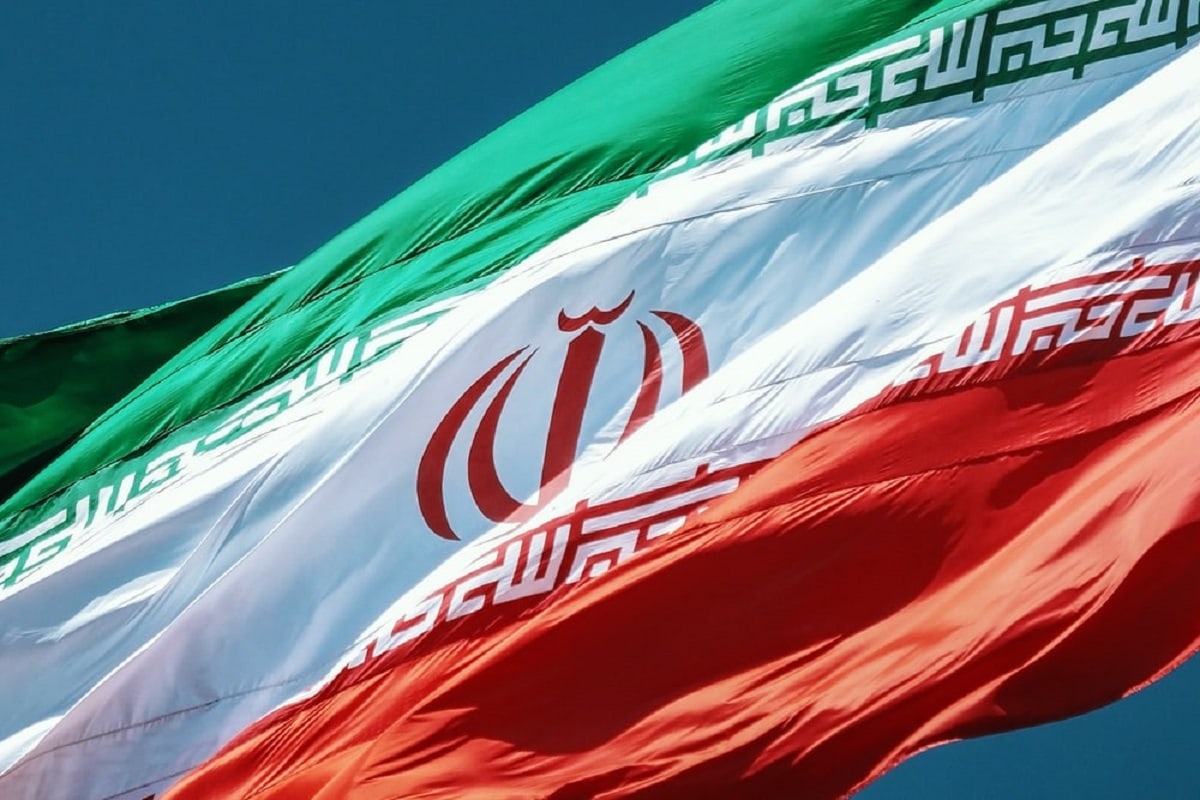Protests in Iran have intensified over the last week. The demonstrations began after the death of 22-year-old Mahsa Amini, who perished while she was in police custody for not abiding by the regime’s strict rules on wearing the hijab. The government claims Amini died of heart failure, but her family and the demonstrators maintain that her death was inflicted by Iran’s so-called morality police. Country-wide protests, now in their tenth day, have swept across Iran despite a brutal government crackdown. Dozens of citizens have reportedly been killed in clashes with security forces, and more than 1,000 have been arrested.
While Amini’s death catalyzed the protests, demonstrators are also expressing frustration and anger toward Iran’s hijab policy and general repression of women’s rights.
The Onset of the Protests
Amini was arrested on Sept. 13 for “improperly” wearing her hijab. According to a United Nations press release, reports suggested Amini was severely beaten by police guards before being transferred to the Vozara Detention Center. Amini died three days later after falling into a coma. U.N. human rights officials have called on Iranian authorities to carry out an “independent, impartial, and prompt” probe into Amini’s death, publicly release the findings, and hold those responsible accountable.
Since the fall of the Shah and the Islamic Revolution in 1979, the Iranian regime has enacted a strict and mandatory hijab-wearing policy. By the early 1980s, hijab wearing became legally enshrined. The hijab is a critical component of the Islamic Republic that symbolizes the regime’s political control over its citizens. As expressed in a Foreign Policy piece, authoritarian rulers like Iran’s regime use the regulation of social orders – like the compulsory wearing of the hijab – to exercise control. Some industry experts predict the regime will integrate China’s surveillance-state technology to better watch its citizens and detect lawbreakers more easily. Their fear is that once citizens challenge such social policies, they will feel empowered to take on more fundamental expressions of the regime’s power.
The Lengths Iran Goes to
This summer, New York-based Iranian dissident Masih Alinejad gained notoriety after an attempted assassination plot against her that was likely perpetuated by the regime. The women’s rights activist had been driven into exile in 2014 for reporting on corrupt officials in the Iranian parliament. Following her exile, Alinejad became perhaps the most well known activist against the law enforcing compulsory hijab. Alinejad collected videos and photos of Iranian women taking off their hijabs and posted them to social media outlets like Facebook and Twitter. Although the regime blocks these websites, private channels have allowed the content to spread to Iran’s millennial population. In August, a man linked to the Islamic Revolutionary Guard Corps and armed with a loaded AK-47 was arrested outside of Alinejad’s residence. He is currently facing multiple federal charges. One year earlier, an Iranian intelligence official and his three assets were charged by federal prosecutors in New York with attempting to abduct Alinejad and bring her back to Iran – likely to face the death penalty. The regime’s brazen efforts on U.S. soil to punish Alinejad for her support of the movement against compulsory hijab show just how much it relies on this policy.
Where Will Protests Go From Here?
Some aspects of these protests are reminiscent of earlier waves of demonstrations that have swept Iran. In 2019, nearly 1,500 people were killed after two weeks of unrest engulfed Iran. Demonstrators chanted anti-regime slogans and burned pictures of Supreme Leader Ali Khamenei, according to widely circulated photos and videos posted on various social media outlets. According to Reuters, the Supreme Leader called on Iran’s security forces to “do whatever it takes to end it (the protests),” including violence.
The protests today are beginning to bear a disturbing resemblance. Iran’s morality police have been seen using brutal tactics to quell demonstrators, including using pellet guns, tear gas, and live ammunition to disperse crowds. However, the 2019 protests, dubbed “Bloody November,” primarily centered on economic grievances. Today’s protests focus on deeper-rooted issues and demand greater political change. As characterized by analysts in a CNN report, “An end to the protests is more likely to come through the use of brute force than concessions.”
Although the Iranian regime has accused international sources of spearheading the protests, the demonstrations erupted indigenously and without the aid that reliable internet and media access could provide. The regime is unlikely to revoke its compulsory hijab-wearing policy, and it will probably start utilizing even more brute force to quell the unrest as the protests continue. Considering precedent, we know Iran’s security forces will go to great lengths to protect the regime’s interests.
Maya Carlin is a Middle East Defense Editor with 19FortyFive. She is also an analyst with the Center for Security Policy and a former Anna Sobol Levy Fellow at IDC Herzliya in Israel. She has by-lines in many publications, including The National Interest, Jerusalem Post, and Times of Israel.

